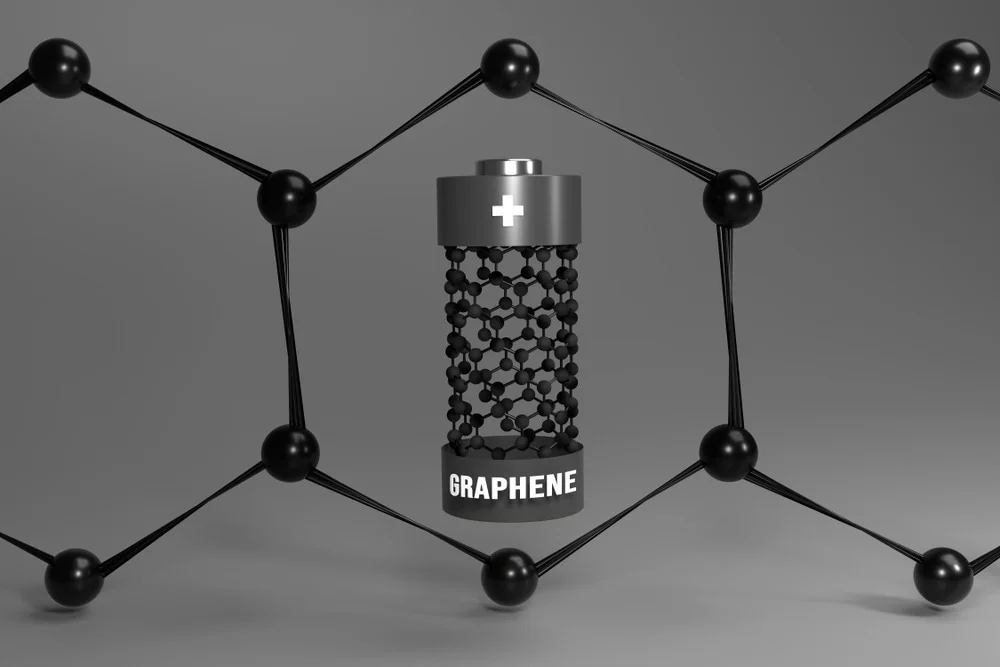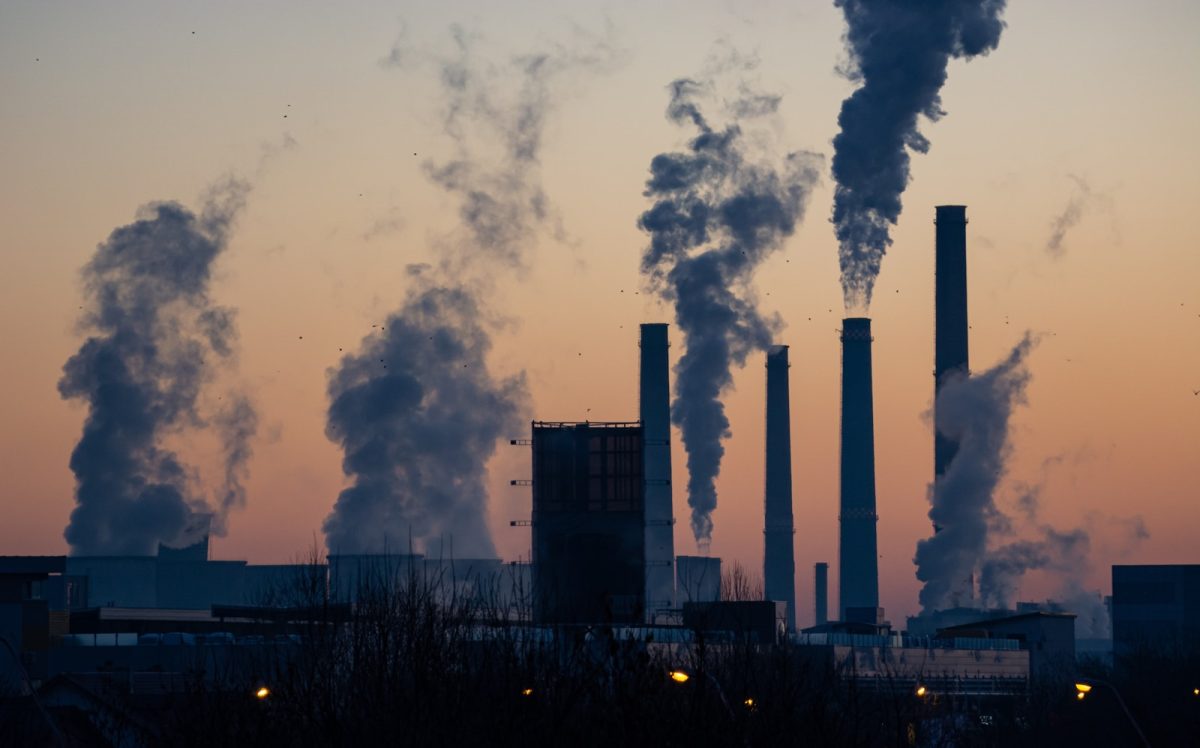What is energy transformation?
In the process of energy transformation or energy conversion, energy is changed from one form to another. This is considered a basic concept in engineering, and it is represented as an energy resource that enables work in various forms to be carried out.
How does it work?
The forms in which energy may appear include kinetic, potential, thermal, chemical, etc. Energy is a principle; it can neither be created nor destroyed but transformed from one form to another. As far as engineering is concerned, energy transformation may be demonstrated by machines. For example, an internal combustion engine converts chemical energy into mechanical energy, supplying power to vehicles. In the course of such transformations, some energy is dissipated as heat, demonstrating that all energy transformation is not 100% effective.

How do we use it to power the world?
There are various ways in which we use energy transformations, for example:
- When we put gas in our car that is chemical energy transferring to mechanical energy.
- A toaster heating a bagel is an example of electrical energy transferring to thermal energy.
- Photosynthesis is an example of radiant energy transferring to chemical energy.
- A battery in a flashlight is an example of chemical energy transferring to radiant energy.
We use energy transformations every day and is an essential part of our daily lives.
Related Story’s
- https://energyeducation.ca/encyclopedia/Energy_transformations
- https://byjus.com/physics/energy-conversion/
- https://solarschools.net/knowledge-bank/energy/conversion\
- https://education.nationalgeographic.org/resource/energy-transformation-how-does-it-do/
- https://en.wikipedia.org/wiki/Energy_transformation#:~:text=Energy%20transformation%2C%20also%20known%20as,an%20object)%20or%20provides%20heat.
Take Action





